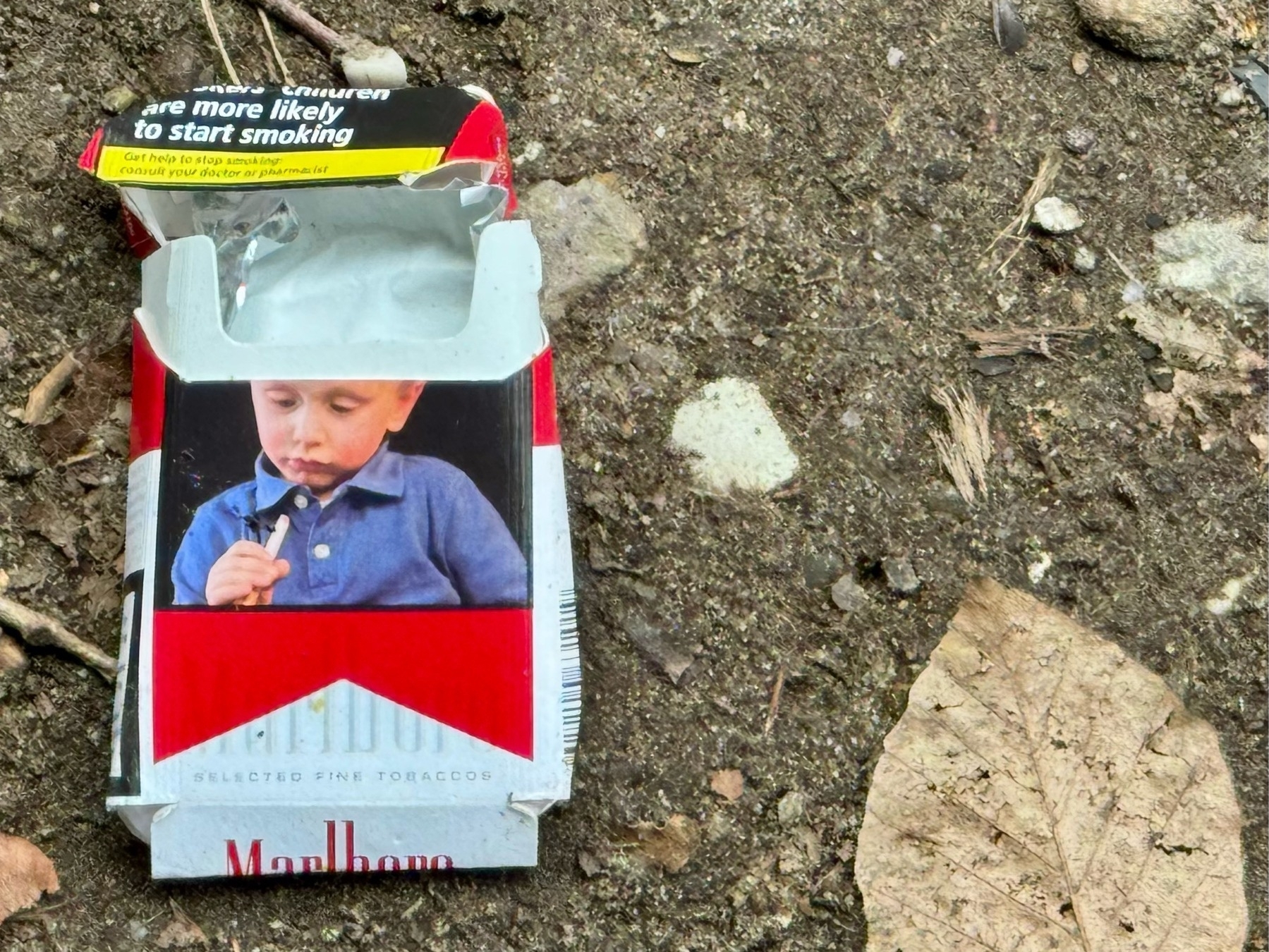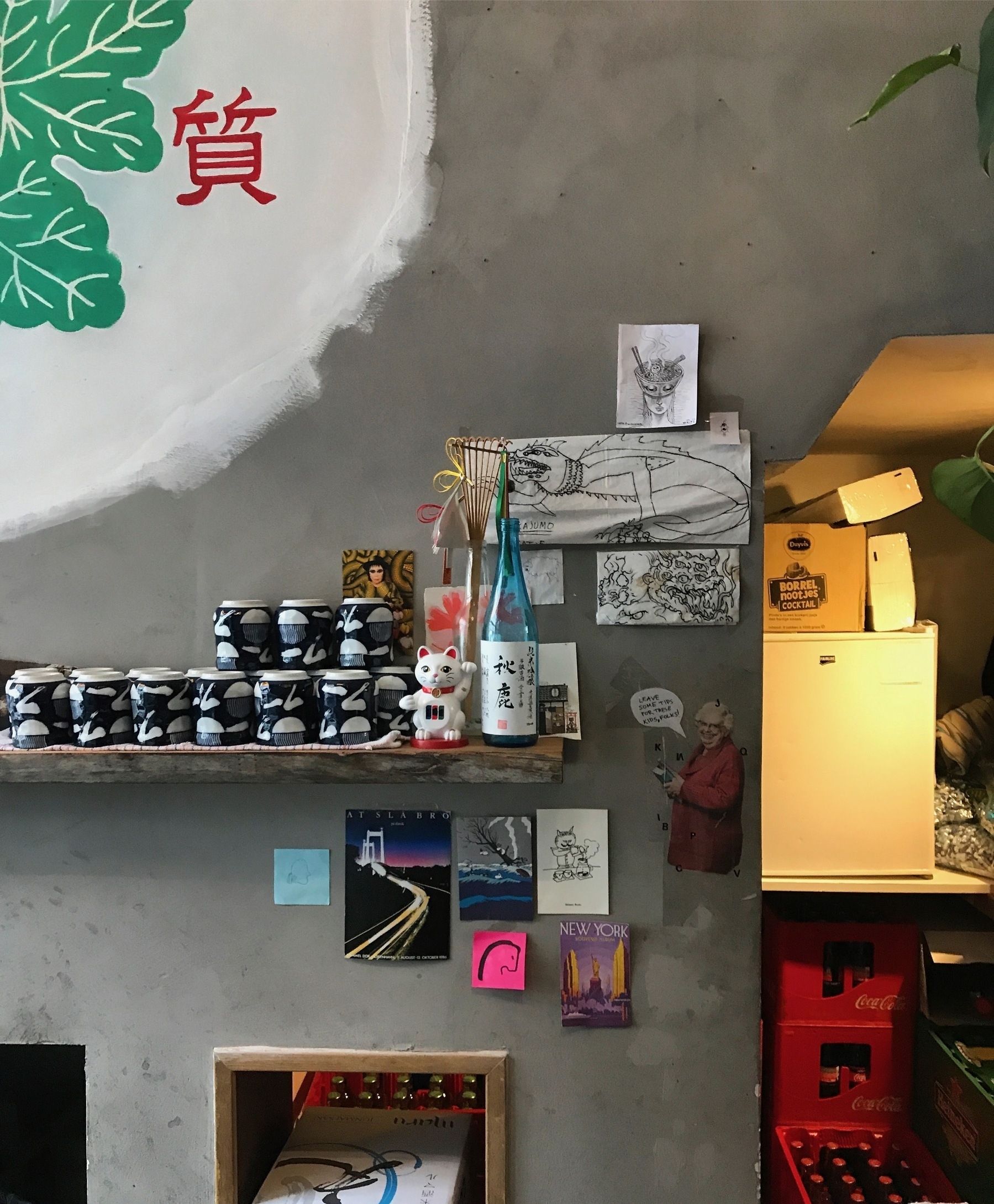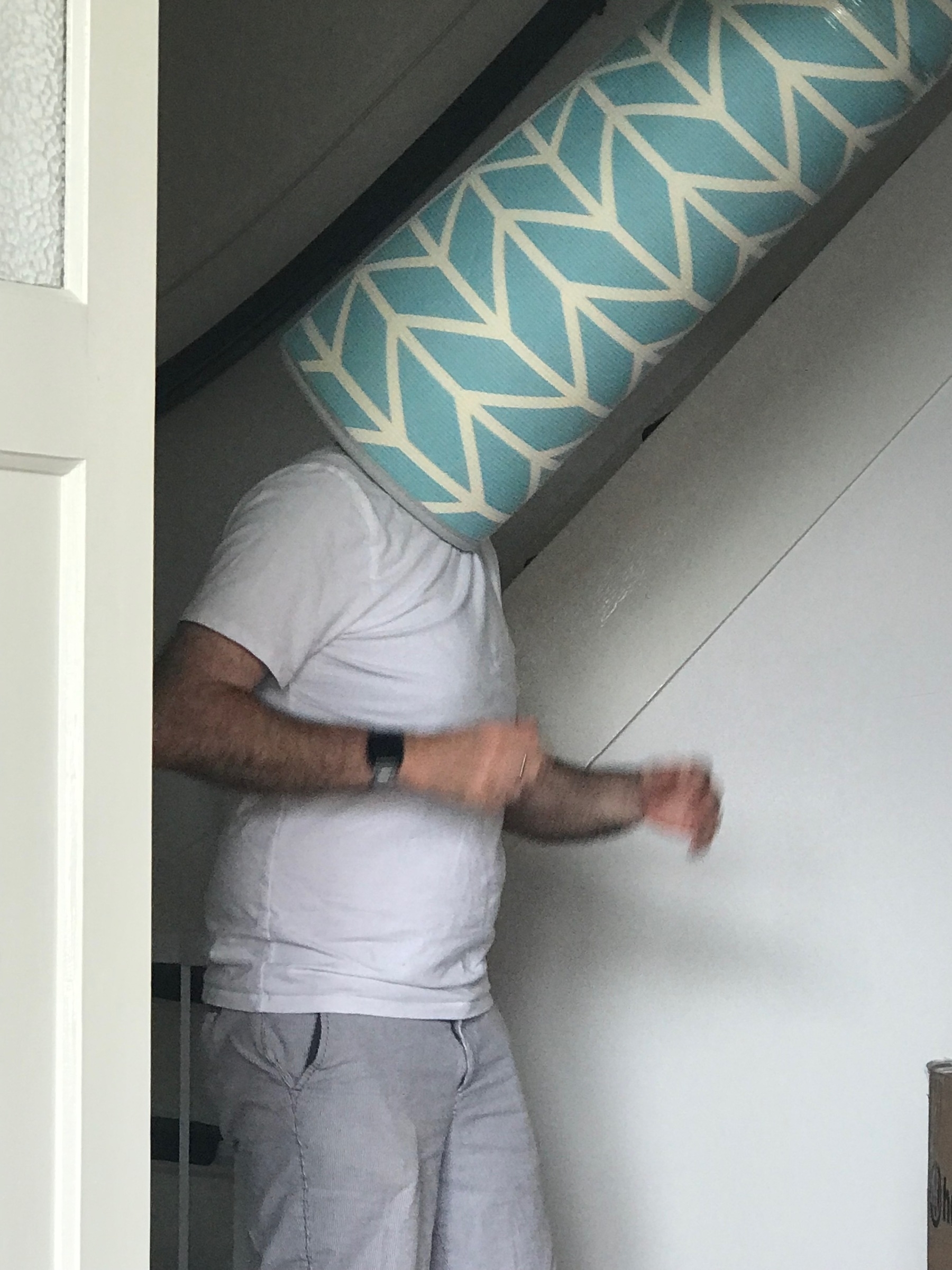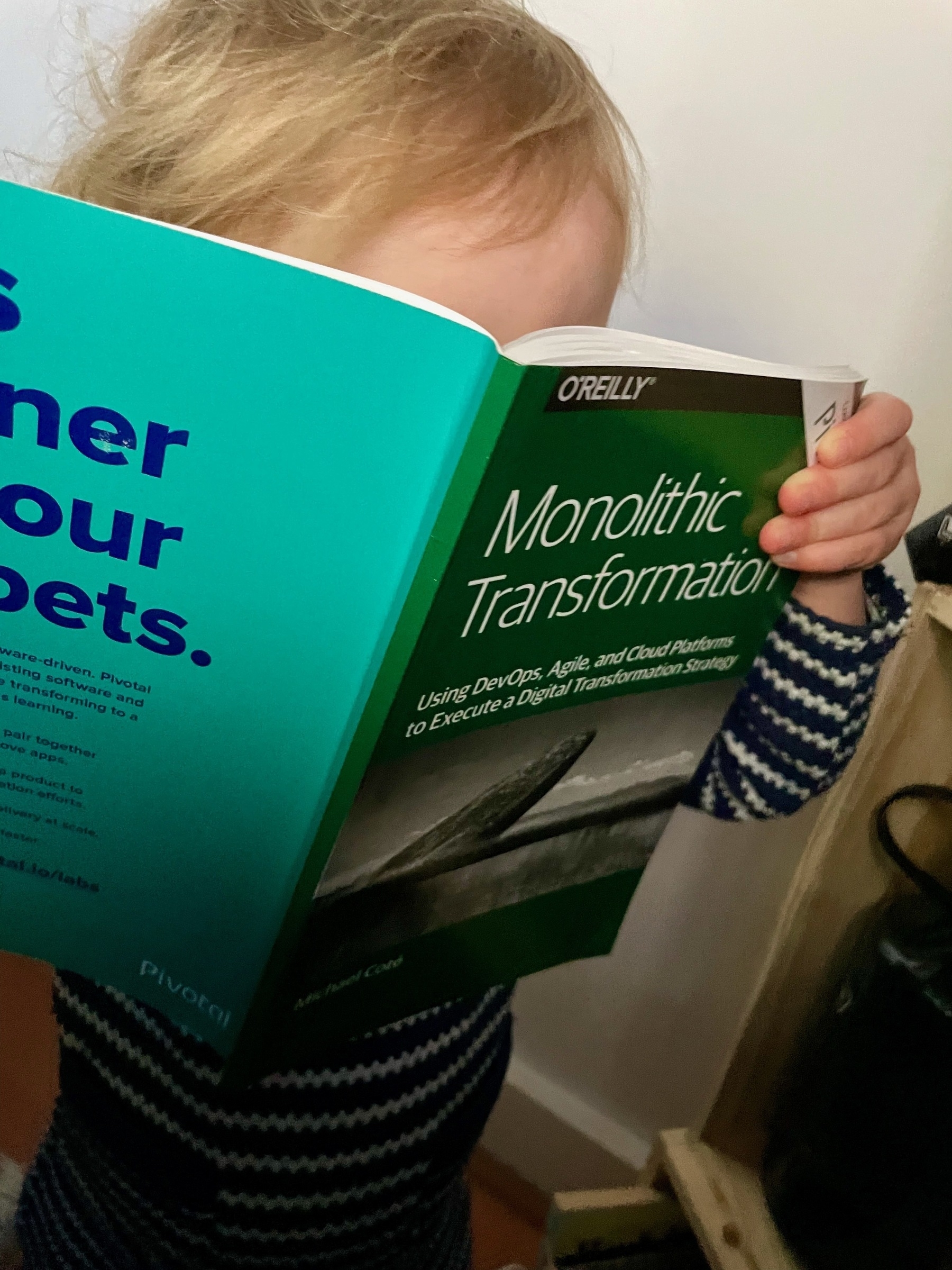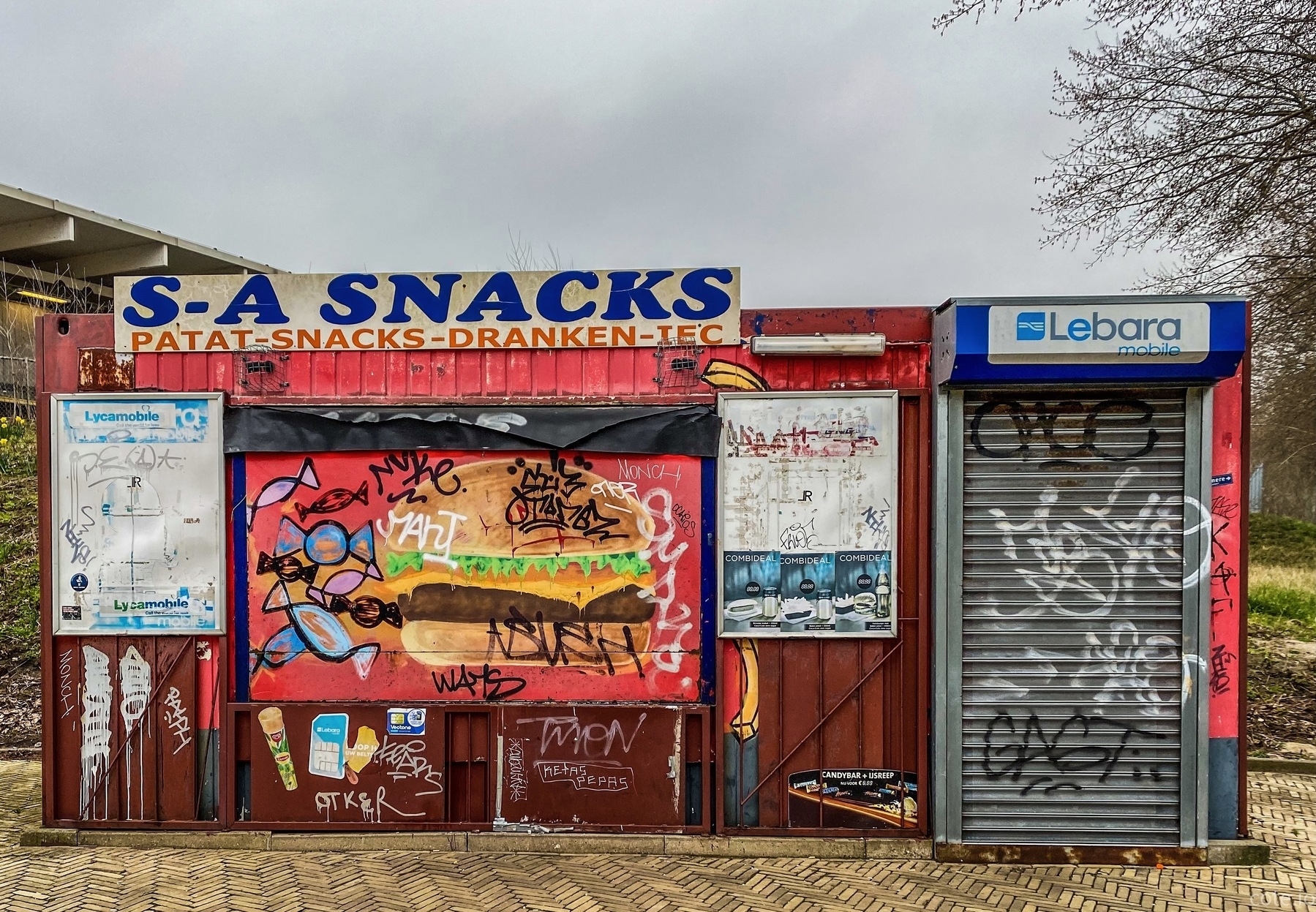Coté
fantastic wine
I like earthy, dirt-tasting and feeling wine a lot. I asked for something that tasted like an old Greek man who hadn’t showered for three weeks, and this fit the bill. At Sune in Hackney.

🤖 Drowning in Noise: Learning to Reject in the Age of Infinite Choice
Modern life has shifted from one of intentional selection to one of constant rejection, as boundless options—from music to AI-generated content—overwhelm our ability to focus. The piece reflects on a childhood of curated mixtapes and contrasts it with today’s flood of algorithmic output, arguing that simplicity now requires deliberate elimination.
Summarized by AI.
Source summarized: The world is increasingly noisier • V.H. Belvadi.
Key Points
- Excess choice paralyzes decision-making, leaving people unproductive despite abundant options.
- Music discovery shifted from curated, intentional collection to endless streaming and AI-generated playlists.
- Creative output is now saturated, with blogs, social media, and AI boosting volume but diluting quality.
- Life today is about rejection, not selection—actively filtering opportunities and content is essential.
- AI creative work should be discouraged, as it fails to meet the human need for authentic creation.
- Nostalgia for “simpler” times reflects a human need for structure and rhythm in cultural consumption.
- Intentional limitation of choices (fewer news sources, selective art consumption) opens mental space.
- Novelty feels less threatening once a strong foundation of curated preferences is established.
Summary
The essay begins with a personal memory: a childhood spent sifting through cassette tapes, cataloging family music collections, and carefully crafting mixtapes for road trips. Back then, cultural discovery was slow and deliberate. A handful of album releases and annual curated compilations provided a shared rhythm for society, and the act of finding music required patience and intention. That small ecosystem made cultural moments feel significant because scarcity demanded attention.
Fast forward to the present, and the landscape has flipped. Music, photography, writing, and all forms of media have been fully democratized, first by the internet and then by AI. The problem now is not access but abundance: infinite playlists, AI-generated songs, endless streams of blog posts and social media snippets. The sheer quantity of output transforms consumption into a battle against noise. The author argues that freedom without some self-imposed restriction is meaningless; when everything is available, nothing feels deliberate. Even AI’s contribution only accelerates the churn, adding a deluge of statistically assembled content that lacks genuine human resonance.
The piece ultimately lands on a philosophy of rejection. In a culture where every choice vies for attention, genuine simplicity comes not from nostalgia but from conscious curation—actively saying “no” to most of what’s out there. This doesn’t limit growth; paradoxically, it nurtures it. By protecting mental space with fewer, intentional choices, we regain the clarity to explore new ideas without fear or overload. The path forward, the essay suggests, is to practice selective consumption: listen to one song, study one image, savor one experience at a time. Only through that rejection of noise can we rediscover the depth and joy once inherent in the age of mixtapes.
- The world is increasingly noisier • V.H. Belvadi - A reflective essay on how infinite choice and AI-generated content have transformed cultural consumption into an exercise in constant rejection rather than intentional selection.
#tech #culture #AI #productivity #digitalminimalism
Summarized by ChatGPT on Sep 25, 2025 at 9:11 AM.
🤖 AI in Radiology: Why Machines Make Radiologists Busier, Not Obsolete
AI has revolutionized medical imaging benchmarks, detecting diseases with speed and precision that can surpass human radiologists. Yet in practice, hospitals still rely heavily on human expertise, and radiology jobs are growing in both pay and demand.
Summarized by AI.
Source summarized: AI isn’t replacing radiologists.
Key Points
- AI models excel in lab benchmarks but often underperform in real hospital environments.
- Over 700 FDA-cleared radiology AI tools exist, yet most remain limited to assistive roles.
- Regulatory, insurance, and malpractice barriers slow the adoption of fully autonomous AI.
- Radiologists perform many non-diagnostic tasks—AI only automates a portion of their work.
- Clinical behavior shifts with AI; overreliance can worsen outcomes when models fail.
- Historical parallels show that efficiency gains (like digital imaging) can increase total imaging volume.
- Elastic demand and Jevons paradox suggest AI may expand, not replace, radiology work.
- Future adoption depends on multi-task models, better datasets, and institutional adaptation.
Summary
Radiology has long been seen as the medical specialty most vulnerable to automation. AI models like CheXNet, Aidoc, and Annalise.ai can detect diseases with superhuman speed and accuracy in benchmark tests. Yet, despite hundreds of FDA-cleared models and rapid advances in computer vision, radiologists remain in high demand, earning more than ever, with residency spots expanding and vacancy rates hitting record highs. Radiology, once predicted to be the “canary in the coal mine” for AI-driven job loss, has instead become a case study in how technical capability does not equal labor displacement.
Three major barriers explain this paradox. First, AI models often fail to generalize outside their training environments, struggling with unusual imaging conditions, rare diseases, or data from different hospitals. Second, regulations and malpractice insurance create friction: fully autonomous models face higher approval hurdles and limited coverage, leaving doctors legally and financially indispensable. Third, radiologists do much more than interpret scans—they coordinate with clinicians, consult patients, oversee imaging protocols, and teach residents, all of which AI cannot yet replicate.
Even as AI grows more capable, its net effect has been to make radiologists busier. Historical patterns echo this: the shift from film to digital imaging dramatically increased radiologist productivity, but imaging volumes soared due to lower wait times and expanded use cases. This “elastic demand” effect suggests that better, faster AI may lead to more scans being ordered rather than fewer radiologists being needed. In practice, the first decade of AI in radiology has seen incremental efficiency gains, limited autonomous adoption, and rising human labor—an instructive preview for other high-stakes knowledge fields facing the AI wave.
- AI isn’t replacing radiologists - Explores why AI has boosted radiology productivity without reducing jobs, citing regulatory, behavioral, and demand-driven factors.
#tech #culture #AI #healthcare #automation
Summarized by ChatGPT on Sep 26, 2025 at 7:04 AM.
🤖 Senators Slam Amazon, Big Tech for AI Layoffs Followed by H-1B Hiring Spree
Lawmakers are pressing Amazon, Meta, Google, and other major tech firms for allegedly laying off U.S. workers in the name of AI automation, then turning around to hire thousands of lower-cost H‑1B visa holders. The clash comes as Trump’s new $100,000 visa fee and a potential freeze on student work authorizations threaten to upend how Silicon Valley recruits talent.
Summarized by AI.
Source summarized:
Amazon blamed AI for layoffs, then hired cheap H1-B workers, senators allege
Key Points
- Senators Grassley and Durbin sent letters to Amazon, Google, Meta, Microsoft, and Apple demanding details on H‑1B hiring vs. American layoffs.
- Amazon sponsored ~14,000 H‑1B visas in 2024—more than any other Big Tech company—even after citing AI adoption for massive layoffs.
- Tech unemployment is above the national average, according to the senators’ letters.
- Trump issued an executive order imposing a $100,000 fee per new H‑1B employee to discourage replacing U.S. workers with cheaper foreign labor.
- Letters demand disclosure of salary and benefit disparities between visa holders and American employees, with a response due by October 10.
- DHS may face pressure to halt student work authorizations, impacting international grads’ ability to stay in the U.S. for 12–36 months.
- Startups warn the new visa fee could stifle innovation and favor cash-rich Big Tech.
- Critics argue the current H‑1B system incentivizes layoffs, NDAs, and outsourcing under the guise of AI-driven restructuring.
Summary
Washington is turning up the heat on Big Tech after a series of eyebrow-raising layoffs in the tech sector. Senators Chuck Grassley and Dick Durbin accused companies like Amazon and Meta of using “AI-driven” layoffs as cover to discharge tens of thousands of U.S. workers, while simultaneously ramping up H‑1B visa sponsorships. According to federal data, Amazon topped the list with 14,000 visas in 2024, well outpacing Microsoft and Meta, each at around 5,000. The senators’ letters express disbelief that these firms, flush with record profits, cannot find qualified Americans for the same jobs.
The controversy dovetails with a seismic policy shift from the Trump administration. A new executive order slaps a $100,000 fee on each new H‑1B visa petition, far above the previous $1,700–$4,500 range. The White House frames the move as necessary to close loopholes allowing firms to outsource IT work and replace local employees with lower-paid foreign labor. Trump’s order also introduces a weighted lottery system favoring high-paying roles and cites evidence that the number of foreign STEM workers has doubled since 2000, while domestic STEM job growth lagged behind. Big Tech has mostly stayed silent, while startups complain the policy could push innovation overseas.
Meanwhile, Grassley is also pressuring the Department of Homeland Security to halt post-graduation work authorizations for foreign students, which he claims risk both domestic employment and corporate espionage. If DHS complies, it would close a key pathway for international students to gain U.S. work experience for 12 to 36 months after finishing a degree, disproportionately hitting Indian students. While some executives, like Netflix’s Reed Hastings, have cautiously supported reform, the overall tech sector is bracing for a reshaped hiring landscape—one where AI layoffs, visa politics, and six-figure hiring fees could fundamentally change the labor market calculus.
- Amazon blamed AI for layoffs, then hired cheap H1-B workers, senators allege - Senators accuse Amazon and other tech giants of exploiting H‑1B visas after AI-driven layoffs, while Trump’s new visa fee ignites industry backlash.
#tech #culture #AI #policy #immigration
Summarized by ChatGPT on Sep 26, 2025 at 7:25 AM.

